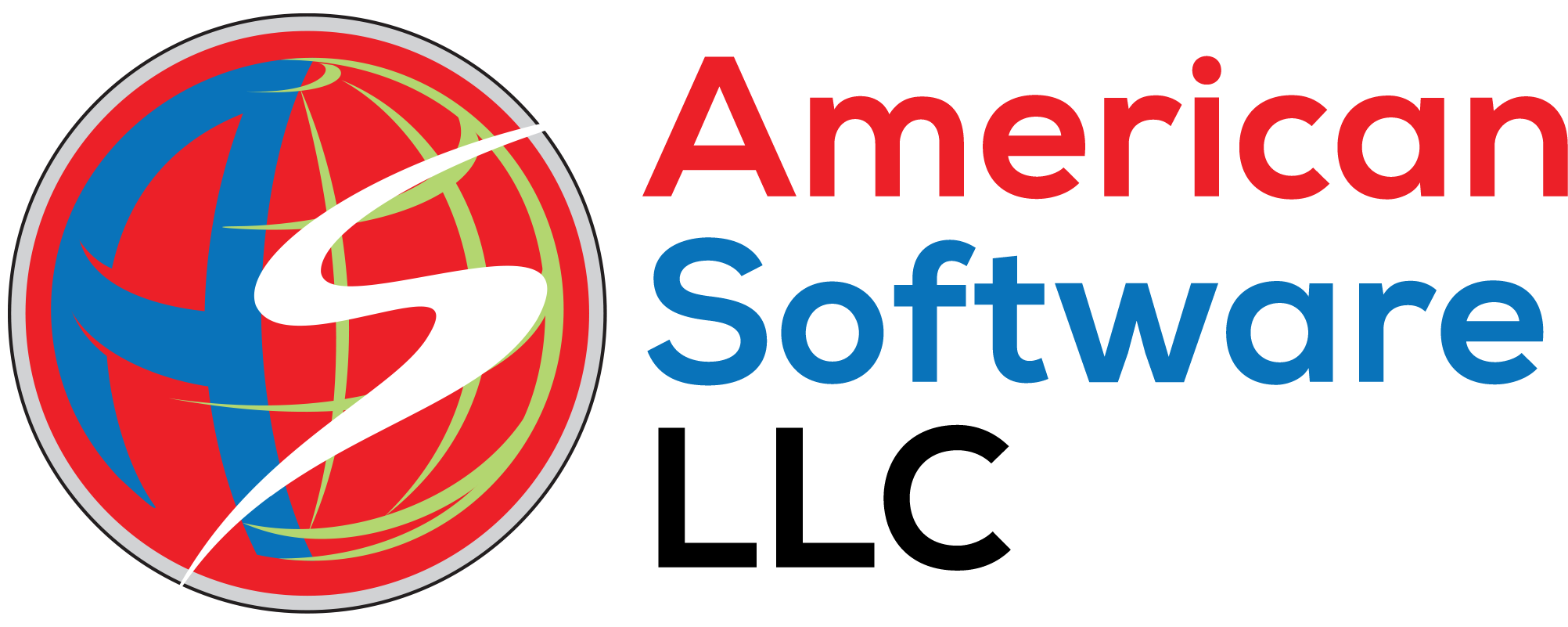A decision-making framework is all about cause and effect analysis and pinning down on the best possible outcome, given the situation. There are various ways to arrive at a decision, and these ‘ways’ are the decision-making frameworks. A decision-making framework analyzes the cause and effect relationship and helps a person make the best possible decision in the scenario. What every decision-making framework does is to facilitate the choice of an idea that has the least harmful consequences. The process helps analyze the situation and discard ideas with the worst effects.
Process Mapping
One way to adapt frameworks to dynamic environments is to use a modular approach. Instead of applying a single framework to every decision, decision-makers can use a set of modular frameworks that can be combined and adapted as needed. It is also important to ensure that everyone is clear on their roles and responsibilities.
What Is the Difference With a Decision-Making Method?
- Thus, it aids the decision-maker in analyzing and comparing the possible consequences (positive and negative) of each option before selecting the most suitable one.
- Notice that the tree is not making decisions on your behalf like RICE/ICE does, and that’s why this framework is excellent for group decision-making.
- If you want to improve your decision-making approach, mastering the five decision-making models is a great place to start.
- This is probably the simplest, yet one of the more engaging group decision-making tools available.
- Some frameworks are simple and obvious, while others include advanced tools and procedures such as cost-benefit analysis, SWOT analysis, or decision trees.
- These components may include clarifying the problem, identifying alternatives, evaluating alternatives based on predetermined criteria, selecting the best alternative, and implementing and monitoring the decision.
MCDA involves systematically evaluating alternatives based on multiple criteria or factors. It provides a structured approach to compare and https://www.pinterest.com/enstinemuki/everything-blogging-and-online-business/ rank options, considering different dimensions such as cost, time, quality, and sustainability. In conclusion, incorporating data and analysis into your decision-making process is essential for making informed decisions. One of the first steps in any decision-making process is to identify the goals and objectives that need to be achieved. By clearly defining the problem and desired outcomes, it becomes easier to make decisions that align with the overall goals of the organization. AI algorithms can sift through massive datasets at incredible speeds, identifying patterns and trends that may not be immediately apparent to human decision-makers.
DESTEP Analysis
- This model only works if you have the time to sit down as a team and methodically work through the best course of action.
- Take advantage of this opportunity to get creative and brainstorm all sorts of routes or solutions.
- These are simple problems with straightforward solutions that do not need a lot of deliberation.
- In addition to data, there are several analytical tools and techniques that can help you make better decisions.
- While surrendering complete control can be a challenge for some leaders, micromanagement will lead to a hostile work environment.
Unlike majority rule, consensus seeks to find solutions that everyone can support, or at least live with. This model emphasizes inclusivity, equal participation, and the integration of diverse perspectives, making it particularly effective in team settings and organizational planning. Sometimes, taking action quickly and choosing a “good enough” option is better than getting bogged down in searching for the best possible solution. Effective decision making in organizations hinges on clear processes and informed frameworks that guide every level, from product managers to company leaders. The complexity of modern life, with its vast array of choices and potential outcomes, requires robust strategies for making informed decisions.
Why Use a Decision Making Model
So your final decision should be the result of serious deliberation, the culmination of all the earlier efforts to arrive at this decision. The decision should then reflect these chosen values and not every value significant for each individual of the group. But if the onus of the decision is on a group of individuals, there should first be a consensus on a representative set that needs to be upheld while taking the decision.



